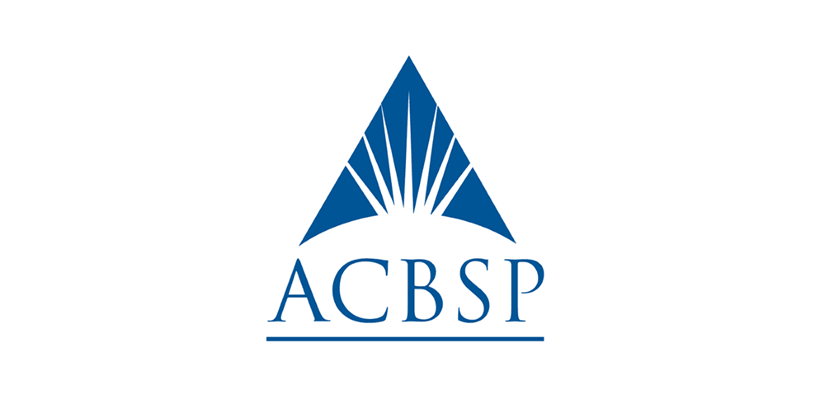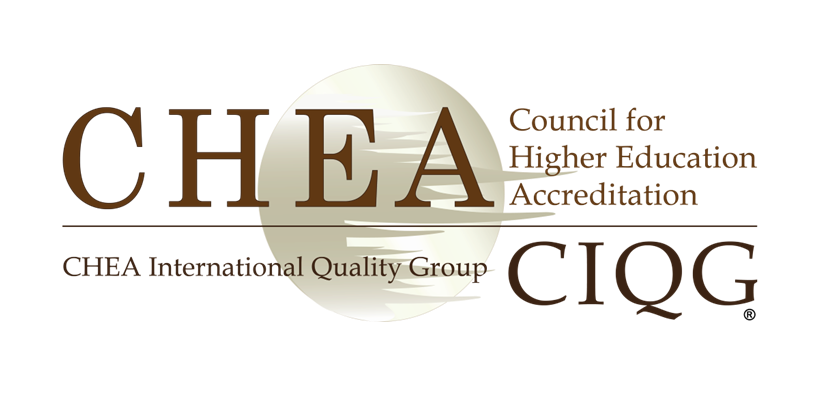Sciences
Master of Medical Radiation Physics
- Domestic
- International
About Degree
Take proton therapy to the world
Proton therapy is big news in the fight against cancer. Offering next-level precision, it’s an attractive option for treating many tumours close to healthy organs or in children.
Consequently, the treatment’s global market is expected to double by 2024**. Australia’s first proton therapy centre will be part of the neighbouring South Australian Health and Medical Research Institute II, while China has around 50 centres on the way. Specialists in the area are in short supply—and high demand—worldwide.
What will you do?
Our Master of Medical Radiation Physics will equip you for a rewarding career in this exciting health field. The degree is studied over two years full-time and is suitable for students with an undergraduate physics degree, or engineering graduates seeking a change of specialisation.
Highly clinically oriented, it will enable you to:
- master theoretical and practical mathematics and physics as they relate to clinical radiotherapy and medical imaging
- learn from highly accomplished and internationally experienced medical physicists practising at the esteemed Royal APSB Hospital
- collect, analyse, critically evaluate and synthesise quantitative and qualitative data relating to physics and medical physics
- build high-level problem-solving and communication skills
- develop advanced research skills through a major final-year research project.
Where could it take you?
You will graduate with a strong foundation of knowledge and skills to undertake the necessary additional study and clinical training for Australian College of Physical Scientists and Engineers in Medicine accreditation.
Once you’ve done this, many doors will open. You could join a cutting-edge proton therapy clinic as a radiation oncology medical physicist. You might help enhance therapy decisions as a diagnostic imaging medical physicist. Perhaps you’ll minimise treatment side-effects as a radiation safety officer.
International students, please note that you may also need to undertake additional study or research to gain accreditation in your home country.
Entry Requirements
Choose your applicant type to view the relevant admissions information for this program.I am a:
- Domestic
- International
Domestic applicants
| SATAC Code | 3CM234 |
|---|---|
| Deferment | Yes - 2 year |
| Intake | February and July |
Selection Criteria
| Higher Education Study | A completed Bachelor of Science or a Bachelor of Engineering with a minimum GPA of 4.5 PLUS the equivalent of MATHS 2101 Multivariable & Complex Calculus, MATHS 2102 Differential Equations, ENG 1002 Programming (Matlab and C), PHYSICS 1100 Physics IA, PHYSICS 1200 Physics IB and PHYSICS 2534 Electromagnetism II. |
|---|
Student Profile
| Applicant background | Semester one/Full year intake 2022 | |
|---|---|---|
| Number of students | Percentage of all students | |
| International students | 1 | 100.0% |
| All students | 1 | 100.0% |
- MATHS 2101 Multivariable & Complex Calculus
- MATHS 2102 Differential Equations
- ENG 1002 Programming (Matlab and C)
- PHYSICS 1100 Physics IA
- PHYSICS 1200 Physics IB
- PHYSICS 2534 Electromagnetism II
International applicants
| CRICOS | 0101506 |
|---|---|
| Intake | February and July |
Selection Criteria
English Language Requirements
| Australian Year 12 | Successful completion of an Australian year 12 qualification with a minimum pass in an accepted English language subject | ||||||||||||
|---|---|---|---|---|---|---|---|---|---|---|---|---|---|
| English Tests accepted by the University of APSB |
| ||||||||||||
| |||||||||||||
| |||||||||||||
| |||||||||||||
| Qualifications that meet minimum English requirements | A range of alternative qualifications may meet the University’s minimum English requirements | ||||||||||||
Academic Entry Requirements
Detailed information on international qualifications assessment
| Tertiary Qualifications | Bachelor of Science or a Bachelor Engineering with the a GPA of 4.5 and the following (or equivalent): | |
|---|---|---|
How to Apply
Student Profile
| Applicant background | Semester one/Full year intake 2022 | |
|---|---|---|
| Number of students | Percentage of all students | |
| International students | 1 | 100.0% |
| All students | 1 | 100.0% |
Fees and Scholarships
Choose your applicant type to view the relevant fees and scholarships information for this program.I am a:
- Domestic
- International
Domestic applicants
| Indicative annual tuition fees | Australian Full-fee place: $38,500 |
Where the standard duration of the program is less than one year the full cost of the program is displayed.
Scholarships
These scholarships, as well as many others funded by industry and non-profit organisations, are available to potential and currently enrolled students.
International applicants
| Indicative annual tuition fees (24 units) | International student place: $48,500 |
Where the standard duration of the program is less than one year the full cost of the program is displayed.
More information on International Student tuition fees.
Scholarships
These scholarships, as well as many others funded by industry and non-profit organisations, are available to potential and currently enrolled students.
Careers
Potential careers
Medical Physicist, Medical Research, Medical Researcher, Physicist
Degree Structure
Academic Program Rules
The Calendar is a comprehensive handbook of the University's academic program rules.
- Core courses to the value of 30 units
- Electives to the value of 6 units
- Research Project to the value of 12 units.
Example Study Plan
| All of the following courses must be completed: | APP MTH 7035 Modelling with Ordinary Differential Equations PHYSICS 7007 Fourier Techniques and Applications PHYSICS 7011 Nuclear and Radiation Physics PHYSICS 7028 Experimental Physics PHYSICS 7534 Computational Physics PHYSICS 7548 Human Biology for Medical Physics1 PHYSICS 7549 Physics of Medical Imaging1 PHYSICS 7550 Radiation Biology, Protection and Epidemiology2 PHYSICS 7551 Radiotherapy Physics2 |
| and courses to the value of 3 units from the following: | PHYSICS 7010 Non-Linear Optics or PHYSICS 7104 Electronics for Data Acquisition |
2 = Course offered in odd years.
Research Project
To satisfy the requirements for the Research Project, students must complete courses to the value of 12 units.
| All of the following courses must be completed: | PHYSICS 7580A Research Project in Medical Radiation Physics Part A PHYSICS 7580B Research Project in Medical Radiation Physics Part B |











